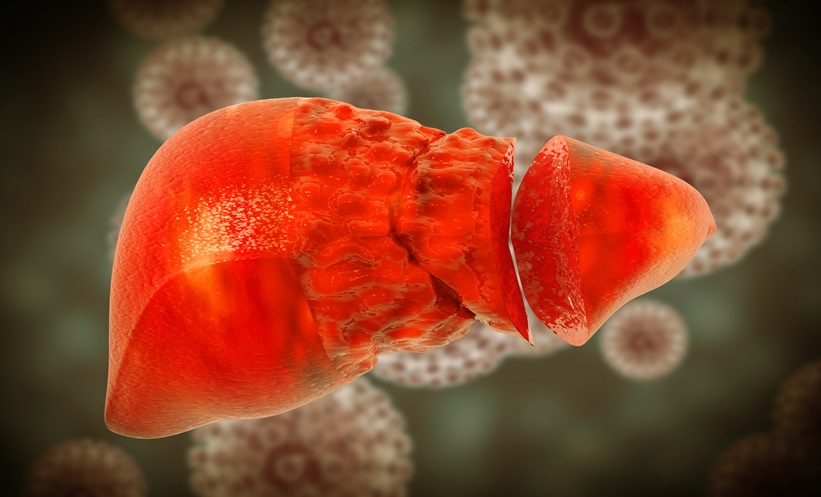FATTY liver disease is a condition experienced by one-quarter of the population in USA and, along with liver fibrosis, does not have a quick or easy diagnosis. According to new research, the latest nuclear magnetic resonance (NMR) technology has helped to develop a new, small diagnostic device for identification of liver disease before its progression to liver fibrosis and has created an easier way to diagnose the disease.
“Since it’s a noninvasive test, you could screen people even before they have obvious symptoms of compromised liver, and you would be able to say which of these patients had fibrosis.” This is according to Prof Michael Cima, senior author of the study from Koch Institute for Integrative Cancer Research, Massachusetts Institute of Technology (MIT), Cambridge, Massachusetts, USA. The device measures the diffusion of water through tissue using NMR to detect the fat content of the tissue. The device arose from previous works in which Prof Cima and colleagues developed a detector to measure hydration levels in patients pre- and post-dialysis. Similarly, the researchers reasoned, a device for the detection of liver disease could be plausible because water diffuses at a slower rate through fatty tissue or fibrosis. Assessing this movement of water could then reveal the levels of fatty or scarred tissue.
The diagnostic has been tested on mice with a scanning depth of approximately 6 mm, and results were obtained in approximately 10 minutes. The results showed that the device detected fatty liver disease with 92% accuracy and fibrosis with 86% accuracy. By improving the detector’s signal–noise ratio, the team could reduce time taken to achieve results.
Although fibrosis cannot be reversed, it can be ceased or slowed. “If this type of NMR sensor could be developed for use in patients, it could help to identify people in danger of developing fibrosis, or in the early stages of fibrosis, so they could be treated earlier,” shared Prof Cima.








